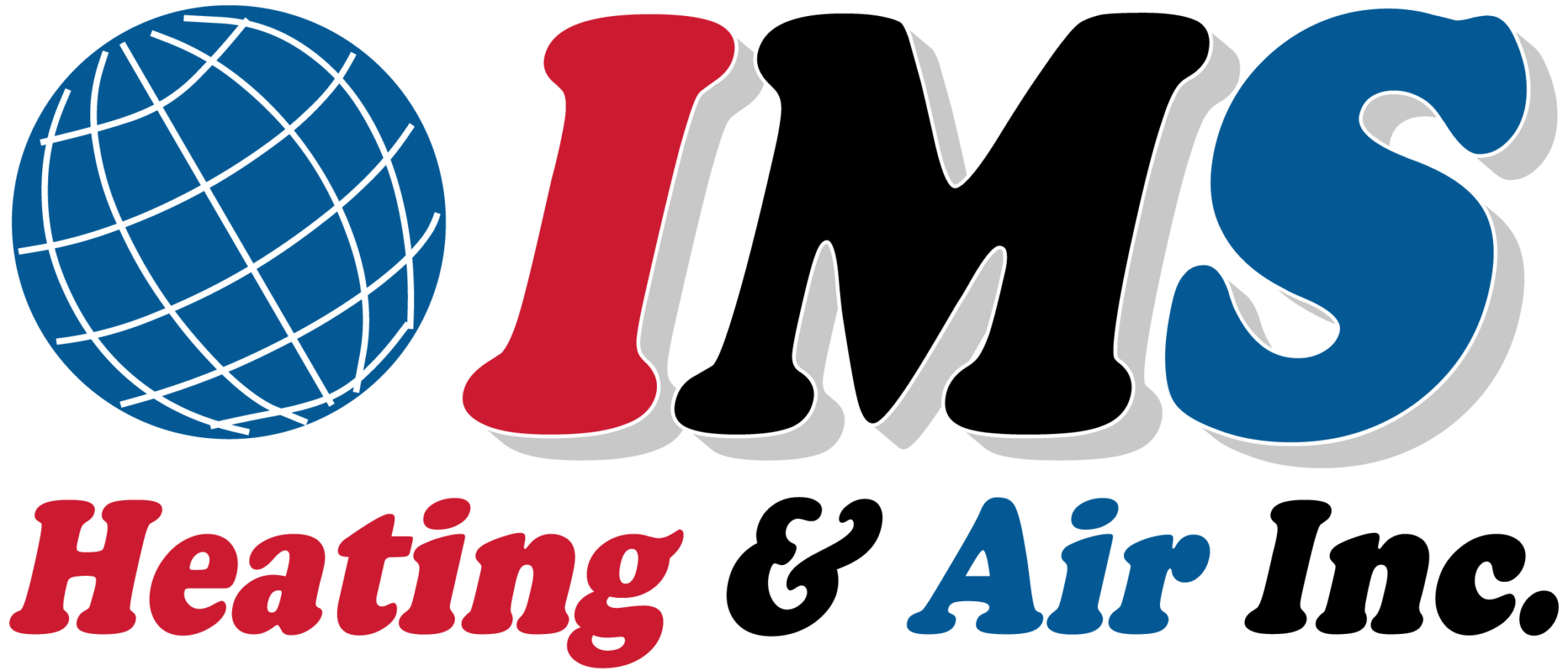Have you ever walked into your home after a long day and noticed your skin feeling tight, your throat scratchy, or even your furniture cracking slightly? These are common signs that the air inside your home is too dry—a problem many Longmont, CO, residents face when running their heaters. The combination of higher elevations, seasonal temperature changes, and indoor heating systems can easily lead to dry air, which can cause discomfort and even health issues. Fortunately, there are practical, effective ways to maintain healthy humidity levels indoors, keeping your home comfortable and safe for your family.
In this guide, we’ll explore why dry air is a problem, how heating systems contribute to it, and practical solutions you can implement to protect your home and improve your indoor air quality.
Why Dry Air Happens in Longmont, CO Homes
Longmont is located at an elevation of roughly 5,000 feet, which naturally leads to drier air compared to lower-altitude regions. Additionally, Colorado has a semi-arid climate, with long periods of low humidity and little rainfall. When outdoor air is dry, indoor spaces often mirror these conditions, especially when heating systems are in use.
Most central heating systems work by circulating warm air throughout your home, but they can inadvertently reduce indoor humidity even further. Warm air holds more moisture, so as it moves through your home, it draws moisture from surfaces and materials, leaving the air dry. This can make your home uncomfortable and even exacerbate certain health issues.
The Risks of Dry Indoor Air
Understanding the consequences of low humidity can help motivate homeowners to take preventive steps. Dry indoor air can impact your health, comfort, and even your home itself.
Health Impacts
-
Respiratory Discomfort: Dry air can irritate nasal passages, leading to nosebleeds or a sore throat. According to the American Lung Association, dry indoor air can worsen conditions like asthma or allergies, making it harder to breathe comfortably.
-
Skin and Hair Issues: Low humidity strips moisture from your skin and hair, leading to dryness, flakiness, and even eczema flare-ups in sensitive individuals.
-
Increased Risk of Illness: Research from the National Institutes of Health shows that viruses, such as influenza, survive longer in dry conditions, increasing the likelihood of transmission in homes with low humidity.
Home and Furniture Concerns
-
Wood Damage: Dry air can cause wood floors, furniture, and cabinets to crack or warp. This is particularly relevant in homes with hardwood floors, which are common in Longmont residences.
-
Static Electricity: Low humidity increases static electricity, which can damage electronics and create small shocks when touching metal surfaces.
-
Comfort Issues: Dry air can make your home feel colder than it actually is, prompting higher thermostat settings and higher energy bills.
Signs Your Home’s Air is Too Dry
Before you address dry air, it’s important to identify whether it’s actually a problem in your home. Look for these common signs:
-
Static shocks when touching doorknobs or electronics.
-
Dry, itchy, or cracked skin.
-
Nosebleeds or frequent sinus irritation.
-
Cracked wood furniture or flooring.
-
A general feeling of discomfort despite having the heat on.
Many homeowners in Longmont underestimate the impact of low humidity. Experts recommend maintaining indoor humidity levels between 30% and 50% for optimal comfort and health.
How Your Heating System Contributes to Dry Air
Most homeowners rely on central furnaces or space heaters to maintain warmth during colder months. While essential for comfort, these systems can unintentionally dry out indoor air. Here’s why:
Central Heating
Central heating systems work by blowing heated air through ductwork. As this air circulates, it reduces moisture content in your home. Even modern, high-efficiency furnaces don’t add humidity; they simply raise the temperature of the air, which naturally lowers relative humidity.
Space Heaters
Electric or gas space heaters provide localized warmth, but they don’t contribute moisture to the air either. In fact, running a space heater in a small room can make humidity levels drop quickly, especially if the windows are sealed tightly.
Poor Ventilation
Homes with tightly sealed windows and doors, while energy-efficient, often trap dry air inside. Without proper ventilation, moisture from cooking, showers, or even breathing cannot circulate properly, compounding dryness issues.
Practical Solutions to Combat Dry Air
The good news is that there are several effective strategies to maintain comfortable humidity levels while using your heater.
1. Use a Humidifier
Adding a humidifier is one of the most effective ways to restore moisture to dry indoor air.
-
Whole-Home Humidifiers: These systems connect to your furnace, distributing moisture evenly throughout your home. They’re ideal for larger spaces and ensure consistent humidity levels.
-
Portable Humidifiers: Smaller, room-specific units are useful for bedrooms or living areas. Make sure to clean them regularly to prevent mold and bacteria growth.
Research shows that increasing indoor humidity from 20% to 40% can significantly improve comfort and reduce symptoms like dry skin and irritated sinuses.
2. Introduce Indoor Plants
Houseplants naturally release moisture into the air through a process called transpiration. Plants like peace lilies, Boston ferns, and spider plants are particularly effective at improving indoor humidity. They also help filter air pollutants, contributing to better indoor air quality overall.
3. Monitor Humidity Levels
Investing in a hygrometer, a small device that measures humidity, allows you to track moisture levels in your home. Aim for a relative humidity between 30% and 50%. Too much humidity can encourage mold growth, so monitoring is key to finding the perfect balance.
4. Adjust Your Heating Habits
Small changes to how you run your heating system can reduce dryness:
-
Lower the Thermostat Slightly: Excessively high indoor temperatures can make dry air feel even worse. Lowering your thermostat by a few degrees may improve comfort.
-
Use Heat Strategically: Instead of heating every room equally, focus on areas where family members spend the most time. This reduces energy use and limits the spread of excessively dry air.
5. Utilize Natural Moisture Sources
Adding moisture to your home doesn’t always require equipment. Try these simple tips:
-
Boil Water on the Stove: This releases steam and increases humidity in your kitchen and surrounding areas.
-
Dry Clothes Indoors: Hanging wet laundry inside can add significant moisture to the air.
-
Leave Bathroom Doors Open After Showers: Allowing warm, moist air to circulate can help increase overall humidity.
6. Schedule Regular HVAC Maintenance
A well-maintained heating system performs more efficiently and can reduce indoor dryness indirectly. Regular maintenance includes:
-
Filter Replacement: Clogged filters reduce airflow and may contribute to uneven heating and dryness.
-
Duct Cleaning: Dirty ducts can affect air circulation and remove natural humidity from the air.
-
System Check-Ups: A professional can ensure your furnace is operating efficiently, and recommend whole-home humidifiers or ventilation improvements if needed.
Studies show that homes with properly maintained HVAC systems experience fewer indoor air quality issues, including dryness and dust accumulation.
Benefits of Maintaining Proper Humidity
Maintaining ideal humidity levels in your Longmont home has multiple benefits:
-
Improved Health: Proper humidity reduces respiratory irritation, lowers the risk of viral infections, and keeps skin and hair healthy.
-
Enhanced Comfort: Balanced humidity makes your home feel warmer without increasing thermostat settings.
-
Protection for Your Home: Wood furniture, flooring, and paint are less likely to crack or warp when indoor humidity is controlled.
-
Energy Efficiency: Humidified air feels warmer, meaning you may rely less on your heater, saving energy and reducing utility bills.
Professional Solutions to Combat Dry Air
While many of the tips above are DIY-friendly, professional HVAC services can provide more reliable and long-term solutions. IMS Heating & Air Inc. offers a variety of services to help Longmont homeowners combat dry indoor air:
-
Whole-Home Humidifier Installation: Integrated directly with your heating system for consistent humidity levels throughout your home.
-
Ductwork Assessment and Cleaning: Improves air circulation and helps maintain optimal moisture levels.
-
Indoor Air Quality Evaluations: Professionals can measure humidity, identify problem areas, and recommend tailored solutions for your home.
-
HVAC Maintenance and Tune-Ups: Ensures your furnace or heat pump runs efficiently, indirectly reducing the dryness caused by heating systems.
These professional services not only make your home more comfortable but also extend the life of your HVAC system and protect your property from damage caused by dry air.
Tips for Maintaining Humidity Year-Round
Maintaining balanced humidity is not just a seasonal concern; it’s important year-round. Consider these strategies:
-
Seasonal Adjustments: Monitor humidity levels as outdoor conditions change. Use your humidifier more actively during colder months when heating systems are in constant use.
-
Combine Strategies: Use a combination of professional and DIY approaches. For example, run a whole-home humidifier while adding indoor plants for extra moisture.
-
Monitor Air Quality: In addition to humidity, keep an eye on other indoor air quality factors, such as dust, allergens, and carbon monoxide levels, for a healthier home environment.
By being proactive, you can prevent the discomfort and health risks associated with dry air, ensuring a cozy, safe home all year long.
For Indoor Air Quality Services in Longmont, CO, Contact IMS Heating & Air Inc. Today
Dry indoor air doesn’t have to be an unavoidable part of using your heater in Longmont, CO. With the right strategies and professional support, you can maintain comfortable, healthy humidity levels in your home. IMS Heating & Air Inc. specializes in indoor air quality solutions, including whole-home humidifiers, ductwork services, and HVAC maintenance. Their experienced team can assess your home, recommend the best solutions, and ensure your heating system works efficiently without compromising indoor comfort.
Protect your family, your home, and your comfort—contact IMS Heating & Air Inc. today to learn how they can help you combat dry air and enjoy a healthier, more comfortable indoor environment.





